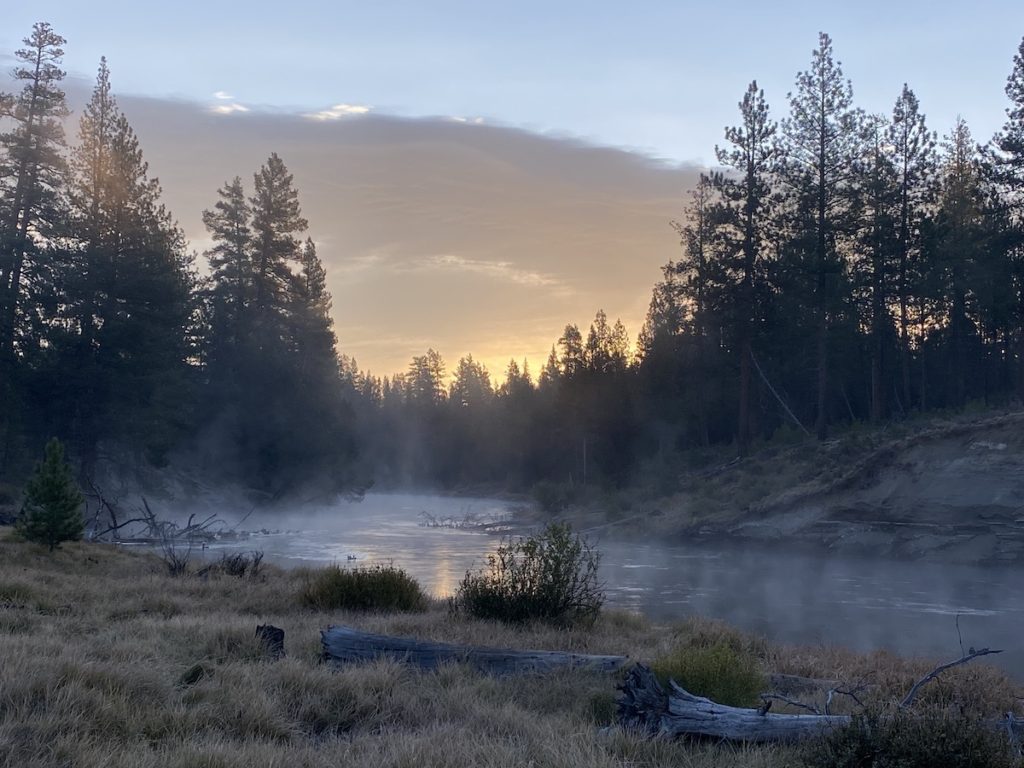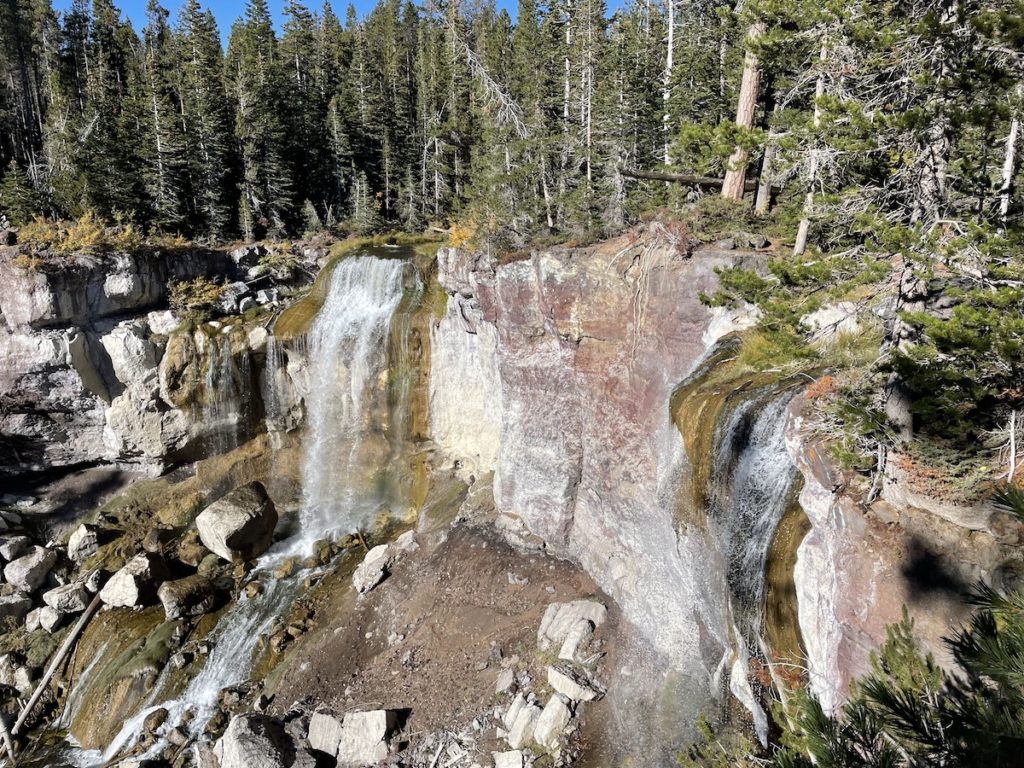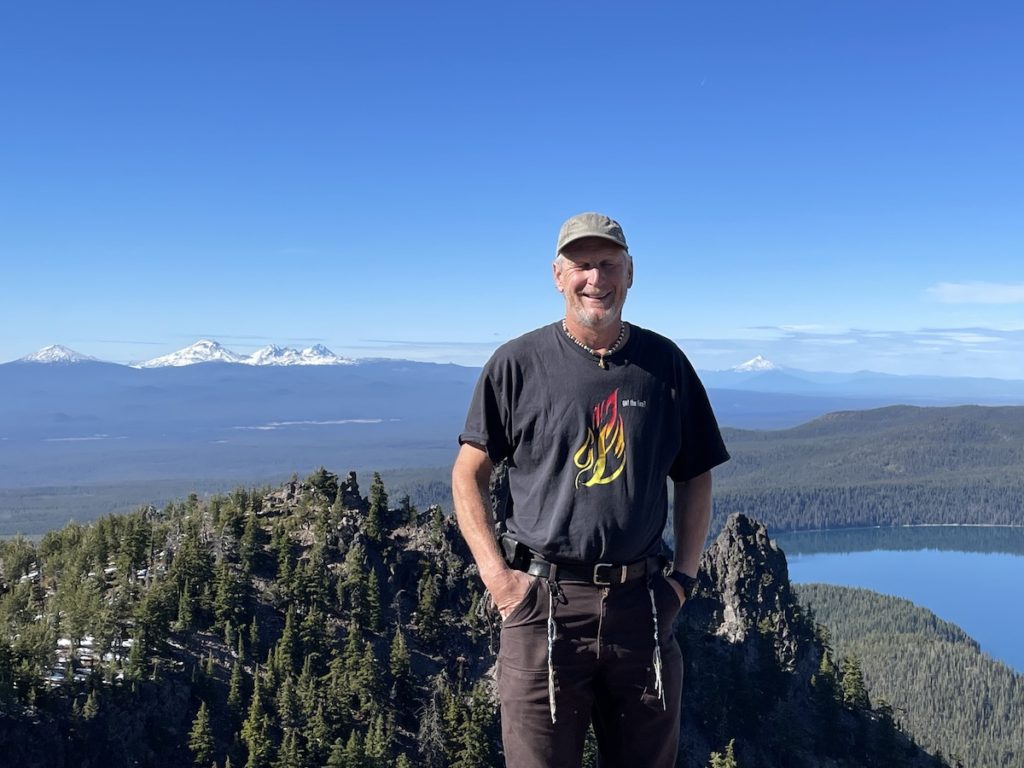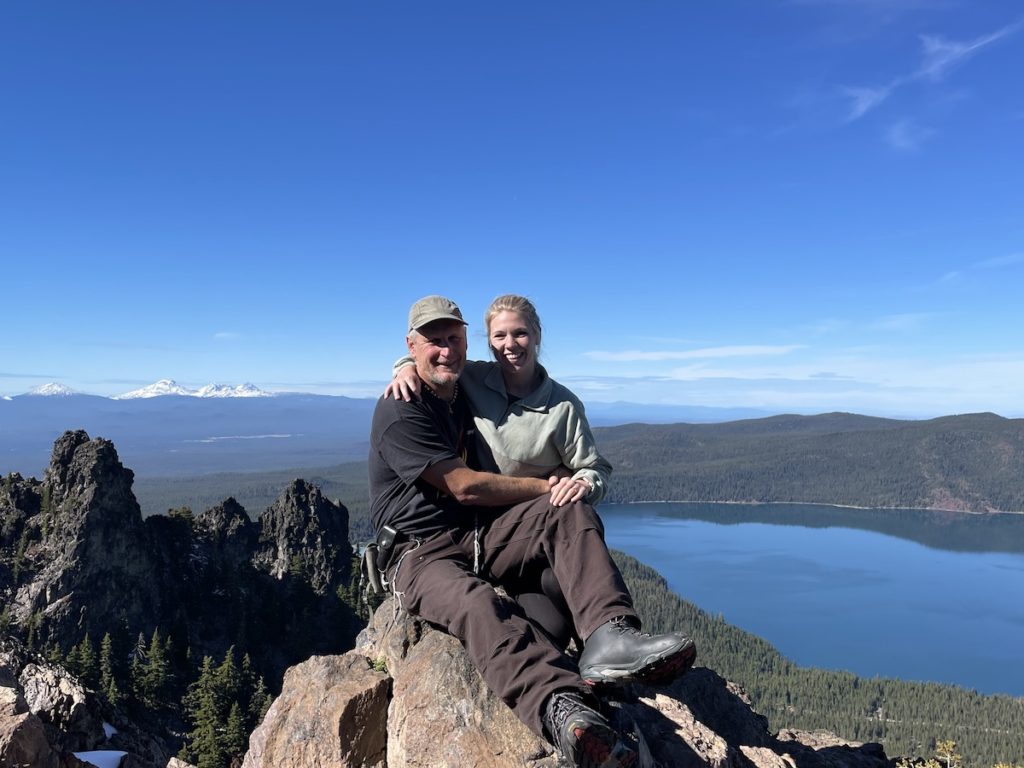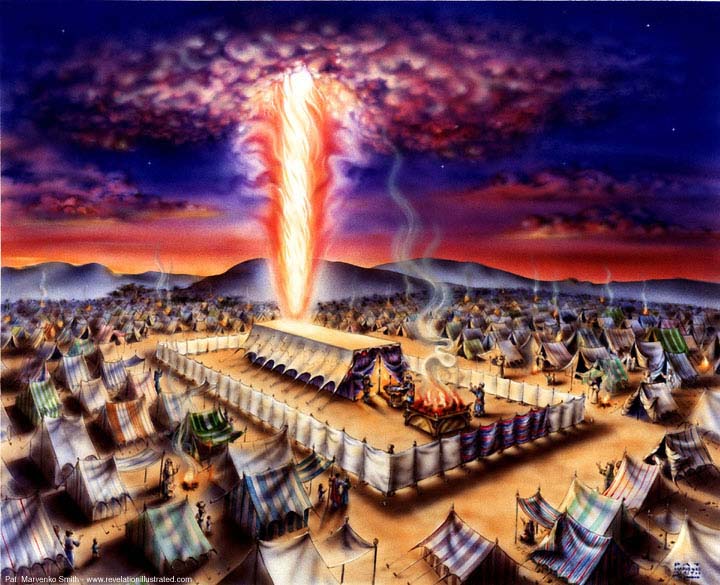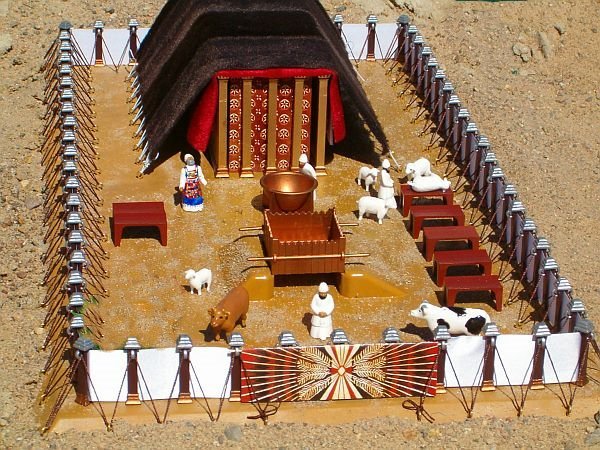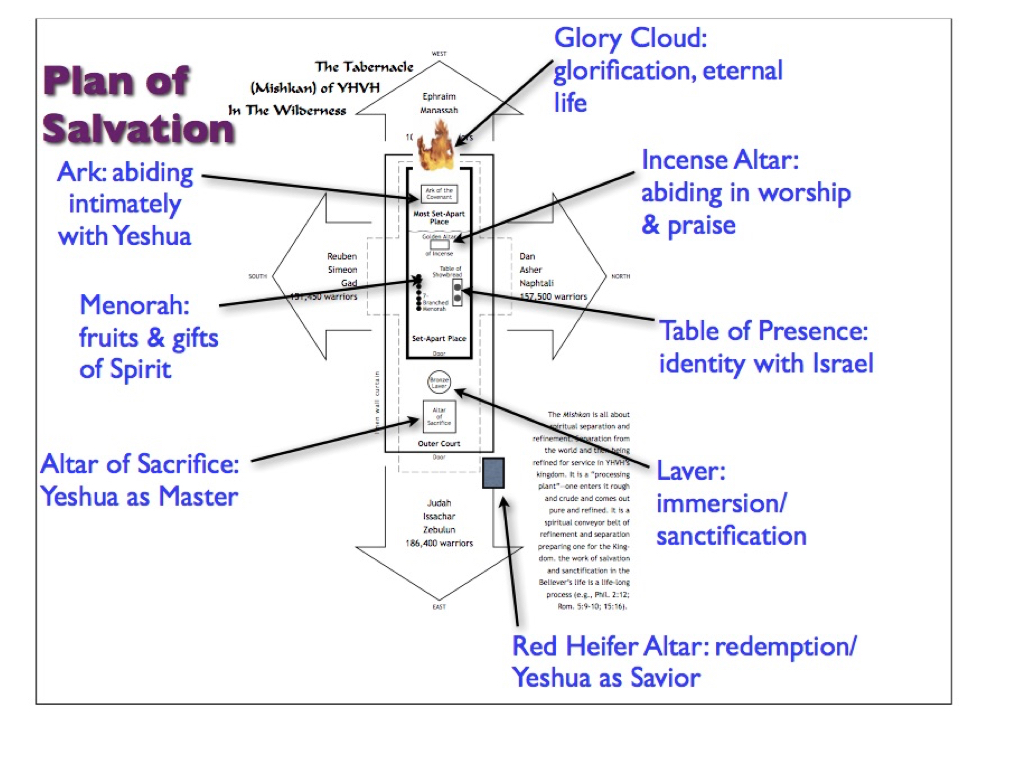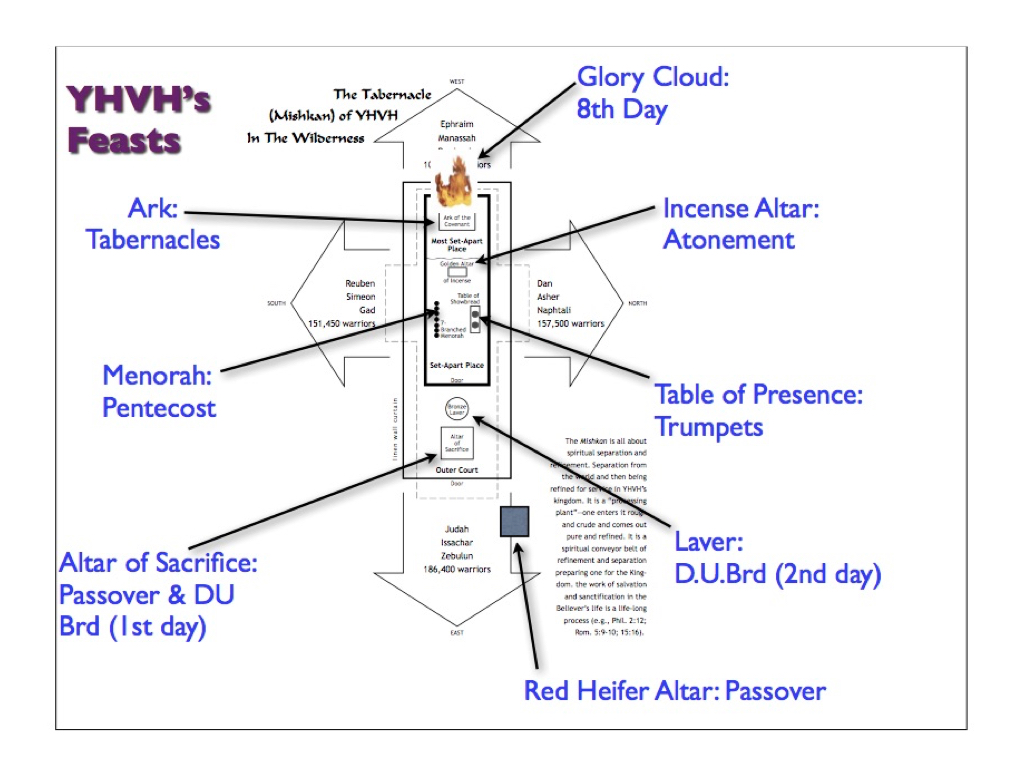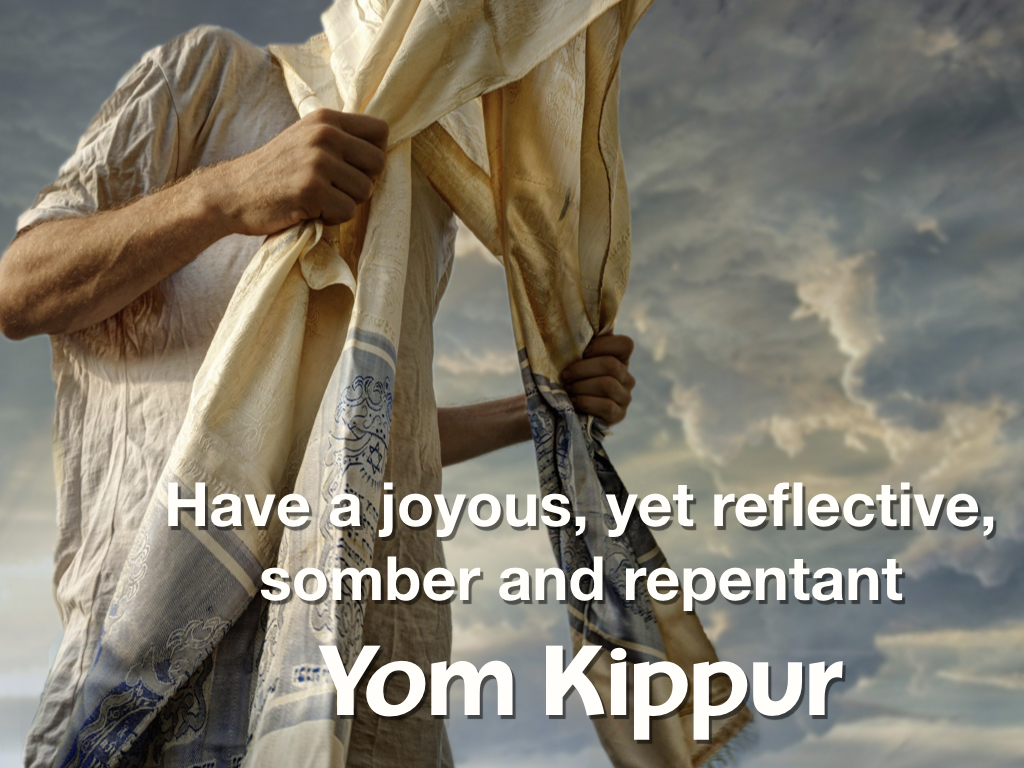Make no mistake. The political correctness of Wokeism is a religion for those who either hate or cavalierly dismiss Elohim, Yeshua the Messiah and the Bible—the Word of Elohim. This religion, which is that of the Babylon the Great New World Order, is sweeping across the planet and devouring all those who have little or no faith in Yeshua the Messiah. It will gobble you up also if you don’t stay strong in your faith. This will happen little-by-little without your even knowing it if you aren’t locked and loaded for Yeshua the Messiah and strongly know and adhere to biblical capital T truth. This video is a practical guide on how to stay strong in your faith and not fall to the lies of Satan the devil as embodied by the latest permutation of his religion of rebellion against YHVH Elohim called (leftist) Wokeism.
Category Archives: Feasts
Combatting the Religious Wokeness Spirit of Antichrist By Celebrating Passover
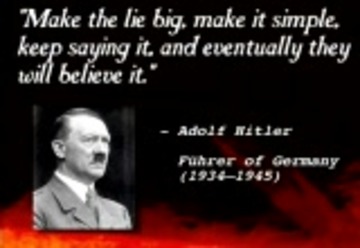
Dealing With Truth Issue—What Is Capital T Truth?
A cosmic struggle between light and darkness, error and truth has been going on in this earth ever since the snake in the tree made his debut and deceived the first humans into giving up the Truth of Elohim for the lie of the devil. How is this struggle between the forces of light and darkness manifesting itself on planet today, and what can the saints do about it?
Two categories of people exist in this cosmic struggle. Those who adhere to Truth who will pay a high cost—they will lose their lives and gain the world. Then there are those people who reject Truth will pay even a higher cost—they will gain the world and lose their lives, so says Yeshua who lost it all for us.
Capital T Truth is at the epicenter of this struggle. Every human is confronted with a choice with regard to Truth. Will he or she seek and follow that Truth or reject it? To not make a choice is to reject Truth.
What is that Truth?
Yeshua the Messiah, the Living Torah-Word of Elohim, was the Light of Truth personified who came to pierce the darkness of this world.
In the beginning was the Word, and the Word was with Elohim, and the Word was Elohim… And the Word became flesh and dwelt among us, and we beheld His glory, the glory as of the only begotten of the Father, full of grace and truth. (John 1:1, 14)
In Him was life, and the life was the light of men. And the light shines in the darkness, and the darkness did not comprehend it. (John 1:4–5)
That was the true Light which gives light to every man coming into the world. He was in the world, and the world was made through Him, and the world did not know Him. He came to His own, and His own did not receive Him. But as many as received Him, to them He gave the right to become children of Elohim, to those who believe in His name: who were born, not of blood, nor of the will of the flesh, nor of the will of man, but of Elohim. (John 1:10–13)
Sadly, nearly everyone around Yeshua totally rejected him including his own disciples and brothers up to his crucifixion. This is because each person has to face their own dark night of the soul: will they adhere to the Truth no matter what, or will they cave in to the extreme pressures of the world, the flesh and the devil that will be exerted against them?
Each person faces their dark night of the soul at different times. It may be the lure of money, the need social acceptance and the need to be recognition, peer pressure (family, friends, job, school), lust for sexual fulfilment and need for “love”, or whatever, the fear of death—of losing something important, of rejection, social ostracization. No one knows when their dark night of the soul will come when they will be forced to stand for Truth. Jacob experienced his when facing with death, and he had to wrestle with himself and Yeshua. Moses spent forty years in the wilderness being tested, then had the burning bush experience, then had to circumcise his sons. His wife left him over this and his ministry calling. He had to make the choice to follow YHVH or his wife. Yeshua faced his dark night in the Garden of Gethsemene (the olive press), and the disciples faced theirs at Yeshua’s arrest. When our time comes, will we stand for Truth, or will we cave or acquiesce to the pressure?
The events surrounding the crucifixion revealed the metal of each person with regard to Yeshua. Either people flat out opposed Yeshua, the Truth (the Jews and Romans), or abandoned the Truth when forced to make the hard decisions requiring to stand for the Truth (the disciples).
The Jewish mob was opposed to Yeshua and yelled, “Crucify him” , while the Pilate, the Roman, was indifferent. He caved in to the pressure of the mob for political expediency. It was advantageous for him and his position to keep the peace no matter the cost. For him, it was about maintaining power and prestige in the eyes of Rome. The godless mob screaming, “Crucify him!” was the beginning of the modern manifestation of wokeism and its bastard child, cancel culture. Kill the truth that is a is a threat to your own subjective, feeling-based truth.
Yeshua’s disciples, on the other hand, faced their own dark night of the soul. How would they respond to Truth issues? Their initial response, like many Christians in our day, was to grow weary in the face of adversity. The disciples fell asleep in the garden, then they eventually abandoned Yeshua. Peter even denied him.
In our day, Truth is crying aloud in the streets for those who have ears to hear. Most people stop their ears from hearing the Truth because it is to disturbing and life-changing. The mass media, our educational systems, civil government, the societal culture in general is not only stopping its collective ears, but yelling and screaming like petulant children throwing a tantrum trying to drown out the voice of Truth originating from our Father in heaven. The mob is yelling, “Crucify him” or, in reality, “Crucify Truth!”
Questioning Truth
Continue readingWhen is Passover?
When to celebrate the upcoming biblical feast of Passover is currently the big question on the minds of biblically astute, Hebraically-minded followers of Yeshua. We keep his commandments because we love and want to know him, right? Right!
What follows will be a simple step-by-step guide on how to determine the date of Passover. It’s as simple as one, two, three or A-B-C, if you prefer. Once you have done this, you can figure out the times of the other biblical feasts for the rest of the year.
Step one: Determine when the barley in the land of Israel is abib (or ripe).
Step two: Once there is enough barley that is ripe, sight the new moon in the land of Israel. The next new moon that falls after the barley is ripe, will be the first day of the new biblical year.
Step three: Once you know the first day of the new year, then count forward 14 days to Passover, which is on the fourteenth day of the new year.
It’s that simple.
Once you know Passover, you can calculate the rest of the biblical feasts.
The Feast of Unleavened Bread is on the fifteenth day of the first month or the next day after Passover day. The Feast of Weeks or Pentecost is on the fiftieth day after First Fruits Day (always on a Sunday). In other words, between First Fruits Day and Pentecost there are 49 days or seven full weeks with Pentecost falling on the fiftieth day—always on a Sunday.
Once you know when the first day of the first month is for the biblical year, it is also easy to calculate when the fall biblical feasts are.
The Day of Trumpets falls on the first day of the seventh month.
The Day of Atonement occurs on the tenth day of the seventh month.
The Feast of Tabernacles falls on the fifteenth day of the seventh month and lasts for seven days. The seventh day of this feast is called, by ancient Jewish tradition, the Last Great Day or Hoshana Rabbah.
The Eighth Day falls on the twenty-second day of the seventh month immediately after the seventh day of the Feast of Tabernacles.
Important: The biblical new month always begins when the first crescent new moon is visible to the naked eye from the land of Israel. Sometimes is it impossible to predetermine on which day Passover or Day of Trumpets will fall, since this is contingent upon seeing the new moon. A biblical month can have 29 or 30 days. So if one doesn’t see the new moon at the end of the 29th day, then that means that the new month will begin at the end of the 30th day. This marks the first day of the new month. Therefore, it is impossible to know ahead of time the exact day of Passover or Trumpets. You have to wait until you see the new moon or don’t see it, depending on the situation.
Not knowing the exact day for Passover and Trumpets ahead time frustrates and irritates many people, since they can’t plan ahead of time when to take time off from work, or plan to rent a building when planning for a large gathering. For this reason, many people choose to follow the calculated traditional or rabbinic Jewish calendar (aka the Hillel 2 calendar). The problem is that this calendar was not the original calendar used by the Jews of Yeshua’s time, but was invented by the Jews of the dispersion and approved by the Emperor Constantine in the fourth century A.D. It is no longer an accurate calendar in that it usually does not fall on the days that the Torah tells us to keep YHVH’s biblical feasts. That’s why we reject this calendar as being biblically inaccurate.
We reject other calendars as well. These include the spring equinox calendar which is another unbiblical calendar. Neither the Bible nor the ancient Jews uses/used the the spring equinox to determine the biblical feasts. In fact, the Bible never even mentions the spring equinox.
Then there are other calendars such as the Noah calendar, the Enoch calendar, several Qumran calendars from the Dead Sea Scrolls, and the list goes on and on. People who, for whatever reason, do not want to follow the simple truth of the Bible keep coming up with new calendars to make themselves feel special as if they have discovered some hidden, esoteric knowledge that no one else has. The problem is that all of these calendars are all man-made and unbiblical, so we reject them as well.
Having said all of this, this year, Passover, based on the abib barley and the new moon in the land of Israel, will begin the evening of April 16 with Passover day being on Sunday April 17. The first high day the Feast of Unleavened Bread will fall on Monday, April 18.
If you are part of a Hebraic community that follows the traditional Orthodox Jewish calendar and will be celebrating Passover on a different day, we advise you not to cause division and strife over this issue. Celebrate with your community, but then follow Torah by keeping Passover quietly yourself on the exact day Scripture commands. This way, you are part of your community, but not violating the Word of Elohim.
If you want to know exactly when the biblical new month begins and when the barley is abib in the land of Israel, we cordially direct you to two of the reliable sources in the land of Israel that we use to obtain this information. They are:
https://www.facebook.com/datetree
https://www.hebrewinisrael.net/category/blog/
If you are still confused about the biblical calendar, I invite you to read my articles on the subject at: https://www.hoshanarabbah.org/teaching.html#feast or watch some of my videos on the subject at: https://www.youtube.com/playlist?list=PL5EzE5DQnrHfWWbczzkRo6IOnglxhbRfM.
Psalms 81 and 82 on New Moons and Small e Gods

Psalm 81
Psalm 81:3, Blow the trumpet [Heb. shofar] at the time of the New Moon [Heb. chodesh], at the full moon [Heb. keseh meaning full moon or concealed, covered — scholars disagree as to its meaning and the origin of the word], on our solemn feast day [Heb. chag] — NKJV. The ArtScroll Stone Edition Tanach translates this verse alternatively as follows,
Blow the shofar at the moon’s renewal, at the time appointed for our festive day.
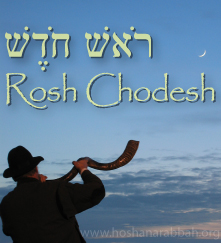
The origins of the Hebrew word keseh behind the phrase “full moon” is uncertain and there is debate among the experts on this subject. Some Hebrew lexicons relate it to a Hebrew root word meaning “to conceal, to cover” (e.g., Gesenius; Strong’s number H3677 cp. H3678), while others tell us that it means “fullness; full moon” (e.g., Brown Driver Briggs Hebrew Lexicon; cp. The TWOT; Strong’s). BDB tells us that the origin of keseh is unknown and that it may be an Aramaic loan word meaning “full moon.” Gesenius in his lexicon states that the etymology of keseh isn’t clear, but he favors the idea of the moon being covered or concealed in darkness as opposed to being covered in light (i.e., in its full moon state).
The only other usage of keseh in the Scriptures is found in Prov 7:20, which gives us no clue as to the exact meaning of the word.
Orthodox Jewish scholars tell us that keseh means “to conceal or to cover.” They say that the only biblical festival that occurs at the time of the new moon (biblically, when the first sliver of the new moon becomes visible) is Yom Teruah (or Rosh HaShanah), which occurs on the first day of the seventh month (in late summer). At this time, the moon is nearly completely covered or concealed except for a small, visible sliver.
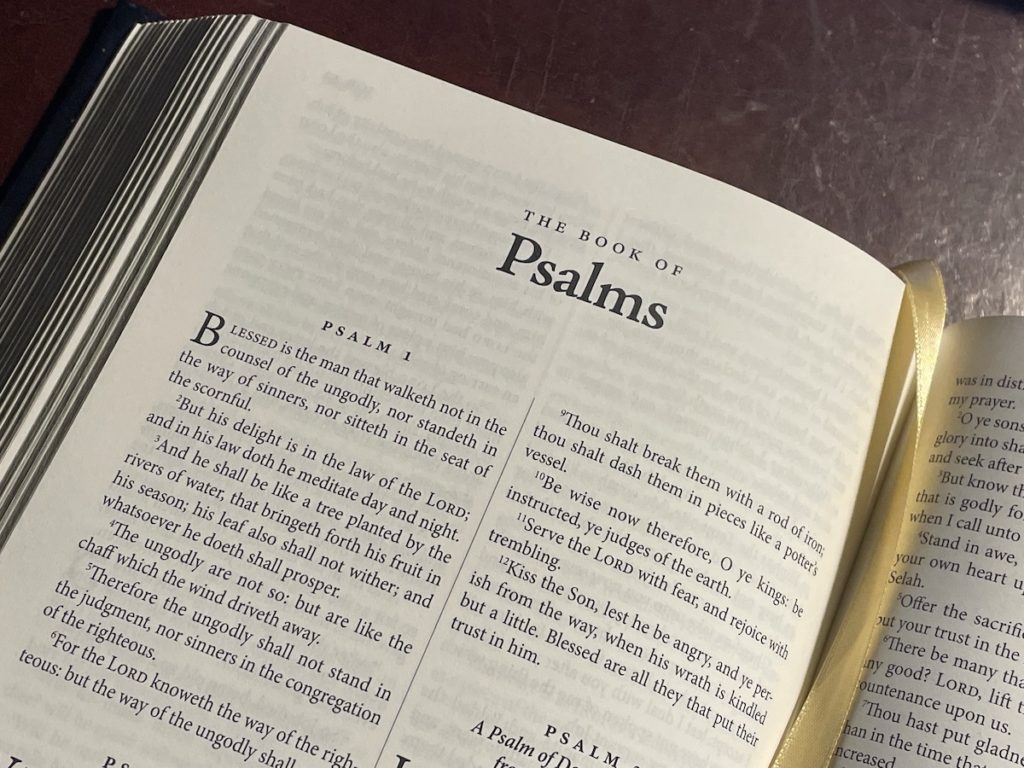
The next phrase in this verse speaks of a solemn feast day, which is the Hebrew word chag. This word refers to the three pilgrimage festivals, which are Passover and the Feast (or chag) of Unleavened, the Feast (or chag) of Weeks or Pentecost and the Feast (or chag) of Tabernacles (Exod 23:14–16; Deut 16:16).
Jewish scholars relate the word chag to Yom Teruah (which they say refers to Rosh HaShanah, see The ArtScroll Tanach Series Tehillim/Psalms Commentary on this verse). The problem with this interpretation is that the Scriptures never call the day of the new moon (rosh chodesh) a chag, nor is Yom Teruah technically a chag either in the strictest sense of the meaning of the word and its usage in Scripture. Therefore, the word keseh, if it means “concealment” must be referring to both the new moon day (the first day of each month, and to Yom Teruah, which occurs on the first day of the seventh month), while the chag must be referring to the three pilgrimage festivals.
Those scholars who take the word keseh to mean “full moon” say that the phrase in this verse containing this word refers to the pilgrimage festivals (Passover/Feast of Unleavened Bread, Feast of Weeks, and Feast of Tabernacles), which all occurred on or very near the time of the full moon.
Whichever interpretation you side with, the bottom line is this: The Scriptures command us to sound the shofar at the time of the New Moon, on Yom Teruah and during the three pilgrimage feasts. (See also Num 10:10.)
Psalm 82
Psalm 82:1, Elohim stands…the gods/Congregation of the mighty.Dr. Michael Heiser in his two books, Reversing Hermon and The Unseen Realm puts forth a convincing argument that the elohim mentioned in this verse are what Scripture refers to in many places as “the hosts of heaven” and refer to Elohim’s divine heavenly council. This same council is also referred to in Deut 33:2; 1 Kgs 22:19; 2 Chron 18:18; Job 15:8; Jer 23:18; Dan 7:9–10 and Heb 2:1; Acts 7:53.
“The congregation of the mighty” seems to be a reference to Elohim acting as the Supreme Judge among his divine, heavenly council that carries out his orders. This is more than the traditional “Godhead” (i.e., the Father, Son and Holy Spirit) and also includes angelic and spirit beings, and even Satan himself.
From time to time, Elohim gathers his council together as we see in Job (Job 1:6; 2:1). Even lying spirits are subject to and do the bidding of Elohim who presides over this council also referred to as the host of heaven (1 Kgs 22:19–23). Moreover, some of the “Us” passages in the Scriptures, which have typically been attributed to the “Godhead,” according to Heiser, likely refer to this divine counsel (e.g., Gen 11:7; Ezek 44:6). This has been the view of ancient Jewish sages as well.
Modern biblical theologians have traditionally taken a non-supernaturalistic view of Psalm 82:1 by saying that the gods here refer to human rulers. While elohim may by definition and biblical usage refer to human rulers, this passage cannot be limited to this definition alone, since verse seven refers to these gods or elohim as “dying like men” as a result of Elohim’s divine judgment on them because of their wickedness. This threat makes little or no sense if it is referring only to human rulers.
For the record, Yeshua quotes verse six in reference to human rulers (John 10:34; 14:30; 16:11), so this passage should not be taken to refer only to Elohim’s divine counsel or just to human rulers, but probably to both. This is because behind human rulers are evil spirits or principalities that govern the nations (Dan 10:20; Eph 6:12; Rev 13:2) and all of these are under the aegis of Satan, who has his own kingdom (Matt 12:26) and is presently the ruler of this world (John 12:31); however, even Satan’s kingdom is under the ultimate authority of YHVH Elohim.
The idea that there were and are unseen evil spirits and demi-gods that rule the nations of the world behind the scenes is revealed in the book of First Enoch and is also found in traditional ancient Mesopotamian historical accounts and forms the basis for the ancient Greek mythos, as Heiser proves.
Additionally, we learn from Genesis chapter ten (in the Table of the Nations) that, at that time, there were seventy nations of the world that rebelled against YHVH at the Tower of Babel (Gen 11). Interestingly, and a little later, Jacob had 70 descendants who went down to Egypt (Exod 1:5) and who become the children of Israel. From them, Moses chose 70 elders to rule over Israel (Exod 24:1), which would eventually became the Great Sanhedrin that ruled the Jewish people. YHVH then commissioned Israel to evangelize the apostate nations by being a spiritual light to them (Deut 4:5–8)—a task they utterly failed to perform. Picking up where ancient Israel failed in its mission, Yeshua chose 70 disciples not only to replace the Jewish Sanhedrin in spiritual authority over the people of Elohim, but to go forth and to preach the gospel to the 70 nations (Luke 10:1–12, 17; Acts 1:8 cp. Matt 28:18–20) that had been lost to the kingdom of Satan at the Tower of Babel, thereby to reclaim the world for the kingdom of Elohim at the devil’s expense.
Eventually, and hopefully in the not too distant future, the resurrected and glorified saints, who will become the sons of Elohim and will be adopted into his divine family as small E elohim (John 1:12; 1 John 3:1; Gal 3:26; Rom 8:14; Eph 1:5), will rule and reign with Elohim (capital E Elohim, Rev 1:6; 5:10; 20:6) over the new heavens and new earth. This will all be to Satan and his kingdom’s detriment and to that of the small E elohim human rulers of his present-day earthly kingdom, all of whom will be cast into the lake of fire at the end of the age (Rev 20:10).
Psalm 82:6, You are gods…children of the Most High.This statement likely has a dual meaning or double entendré. It can refer to the righteous saints as Yeshua alludes to in John 10:34, or possibly to the demon-nephilim of Genesis 6:4–6 who were the spawn of the heavenly angelic hosts who became the fallen angels and who cohabited with women in the pre-flood world as the context of this psalm seems to suggest.
Back From Celebrating Sukkot in the Wilderness
Shalom dear ones in Yeshua. Sandi and I are back from celebrating Sukkot 2021 in the mountains and high desert of Central Oregon not too far from where we live. Our children and a couple of close friends gathered around us as we camped in our travel trailer. While out of “Babylon,” we did not have access to the internet, so I was not able to upload any blog posts. Now it is time to play catch up.
Here are a few phots from our sukkah-ing in the wilderness en route to the Promised Land of our spiritual inheritance. Please enjoy.
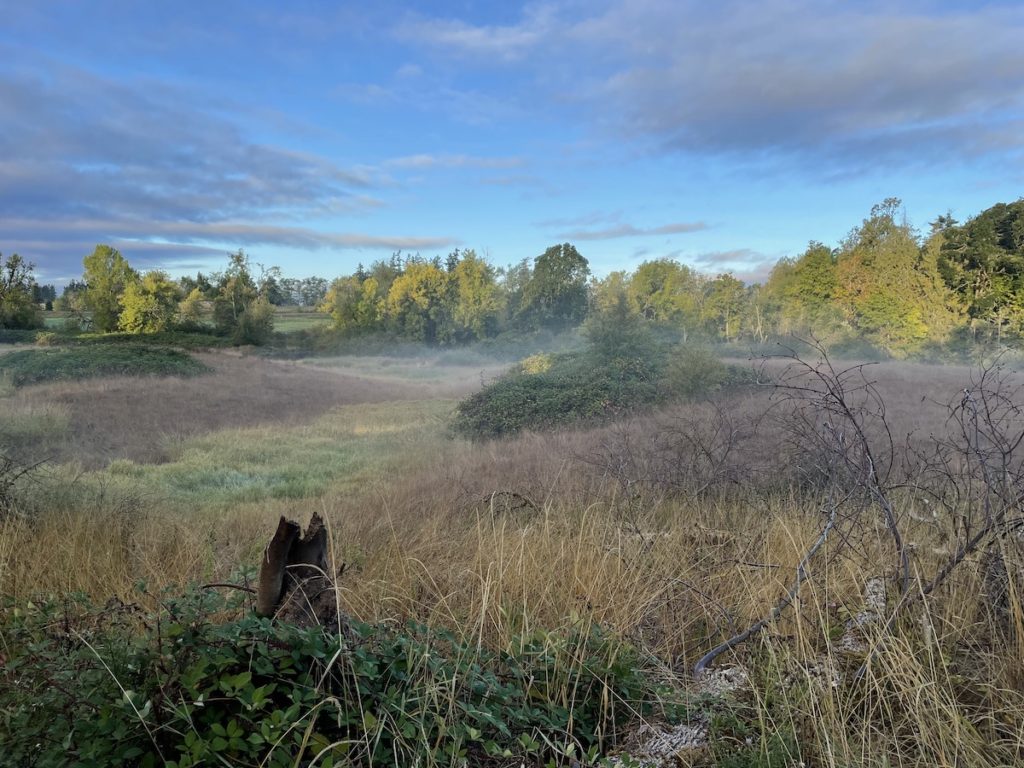
The following pictures are from along the river a few minutes walk from our campsite.

